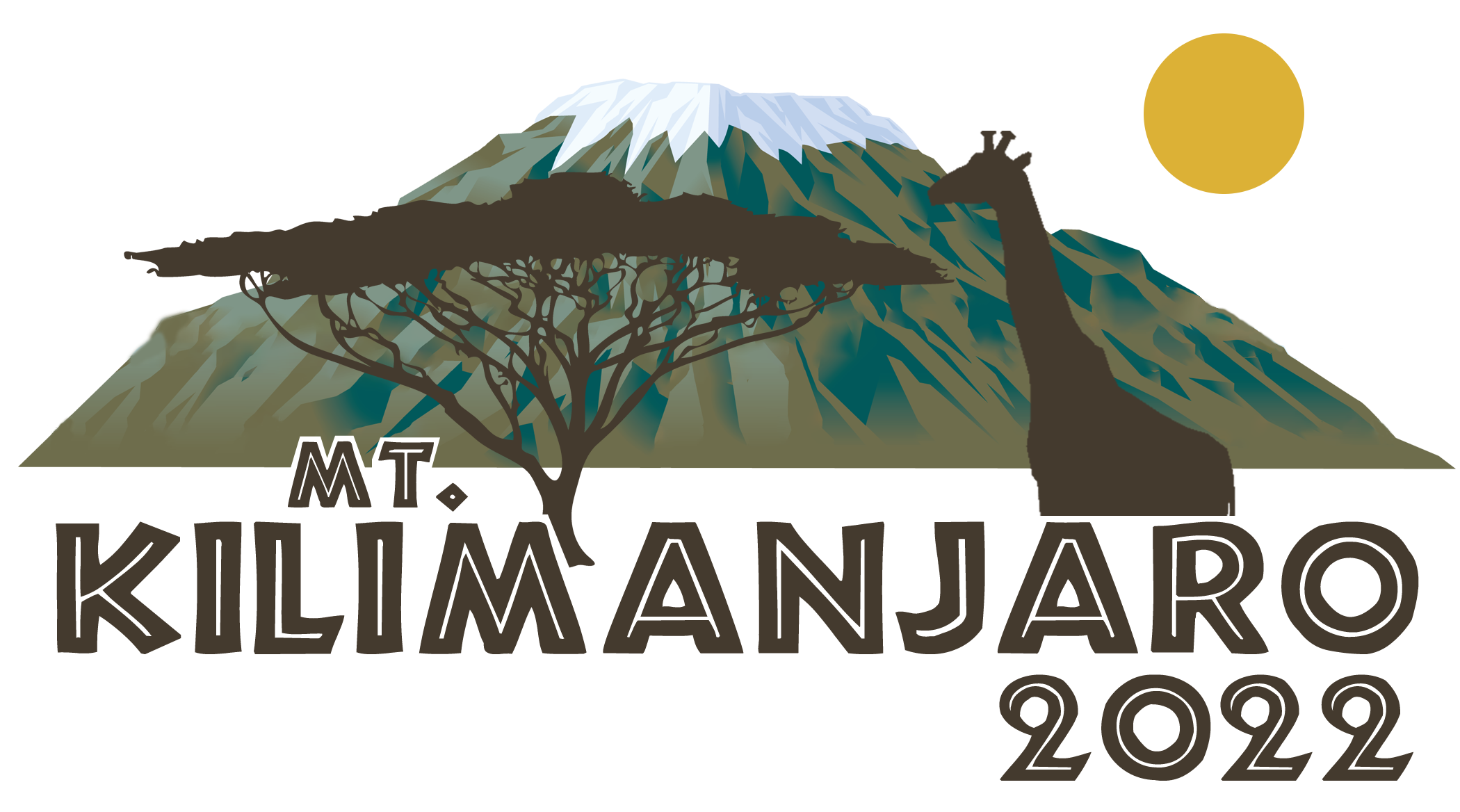FAQ
Common Questions About Our Trip
Why hasn’t the tracking updated?
How do you use the toilet on the mountain?
A common question (believe it or not), is what facilities we have to do our “business” on the mountain. There are public toilets at every camp stop on a Kilimanjaro trek. You’re going to need to lower your expectations though. Forget porcelain loos with lockable doors, marble sinks with soap dispensers, hot water and hi-tech hand driers. We’re talking about a wooden shack (usually without a door, let alone a lock) that surrounds a deep hole in the ground.
This also means squatting and near-zero privacy. Also, while Kilimanjaro National Park staff do their best to keep these facilities clean, it’s an uphill struggle because almost everyone on the mountain uses them. This means that the erm, bouquet, of Kilimanjaro’s public ‘long drop’ loos can often be a) challenging and b) cut with a knife. However, the natural views afforded by these dunnies are sensational so… swings and roundabouts.
While we hope to have access to some extra private “portable” facilities on Kilimanjaro, Mt Meru only offers long drops. Between camps, it is a little more difficult, with climbers having to find a bush (which there aren’t many of) or rock. Also having to follow the rule of “leave nothing behind” makes going number 2 more difficult outside the camp.
How do you get water to drink?
Water is taken from the mountain streams, boiled and treated to make safe to drink. You cannot drink the water on the mountain without treating it as it might be full of bacteria!
Do you carry loads of equipment up the mountain?
There is a lot of equipment that goes into an expedition, from tents, to food, to cold weather gear. The team is supported by a group of mountain guides and porters who help carry things like our tents. Did you know you arent allowed on the mountain without a support team of porters?!
How hot/cold is it?
Temperatures vary considerably with altitude and time of day. On the plains surrounding Kilimanjaro the average temperature is about 30°C. At 3000m frosts can be encountered at night while daytime temperatures range from 5 to 15°C. Nighttime temperatures on the summit can be well below freezing (-20°C) especially with the strong winds at times. Our team will have to wrap up warm on summit night!
What is the highest the team will go?
The highest altitude reaches 5895m on Mt Kilimanjaro. We will also reach 4566m on Mt Meru. At these rights altitude sickness can be a real problem!
What is Altitude Sickness?
During the trek it is likely that our climbers will experience at least some form of mild altitude sickness. It is caused by the failure of the body to adapt quickly enough to the reduced level of oxygen in the air at an increased altitude. There are many different symptoms but the most common are headaches, light-headedness, nausea, loss of appetite, tingling in the toes and fingers, and a mild swell of ankles and fingers.
To help with this we climb the mountain over several days, ascending and then descending to sleep to help us adjust to the low oxygen levels. Did you know at the very top of Kilimanjaro the lack of oxygen means your perception of time can slow (more time passes than you realise), and most people walk at a very slow pace breathing between each step.
Will you be above the clouds? Will it be very sunny?
Kilimanjaro passes through many climate zones, starting from the plains of Africa, to rainforest, to desert, and then artic conditions! At the rainforest level we will pass through the normal daytime cloud level and it will be quite damp! Though the level of clouds can change depending on the time of day. Most of the time we will be above the clouds and this also means we will get a lot of sun!
About 55% of the earth’s protective atmosphere is below an altitude of 5000m. So further upp Kilimanjaro far less ultraviolet light is being filtered out, making the sun’s rays much more powerful, which could result in severe sun burning of the skin. Our team even has to wear special sunglasses to protect their eyes!
